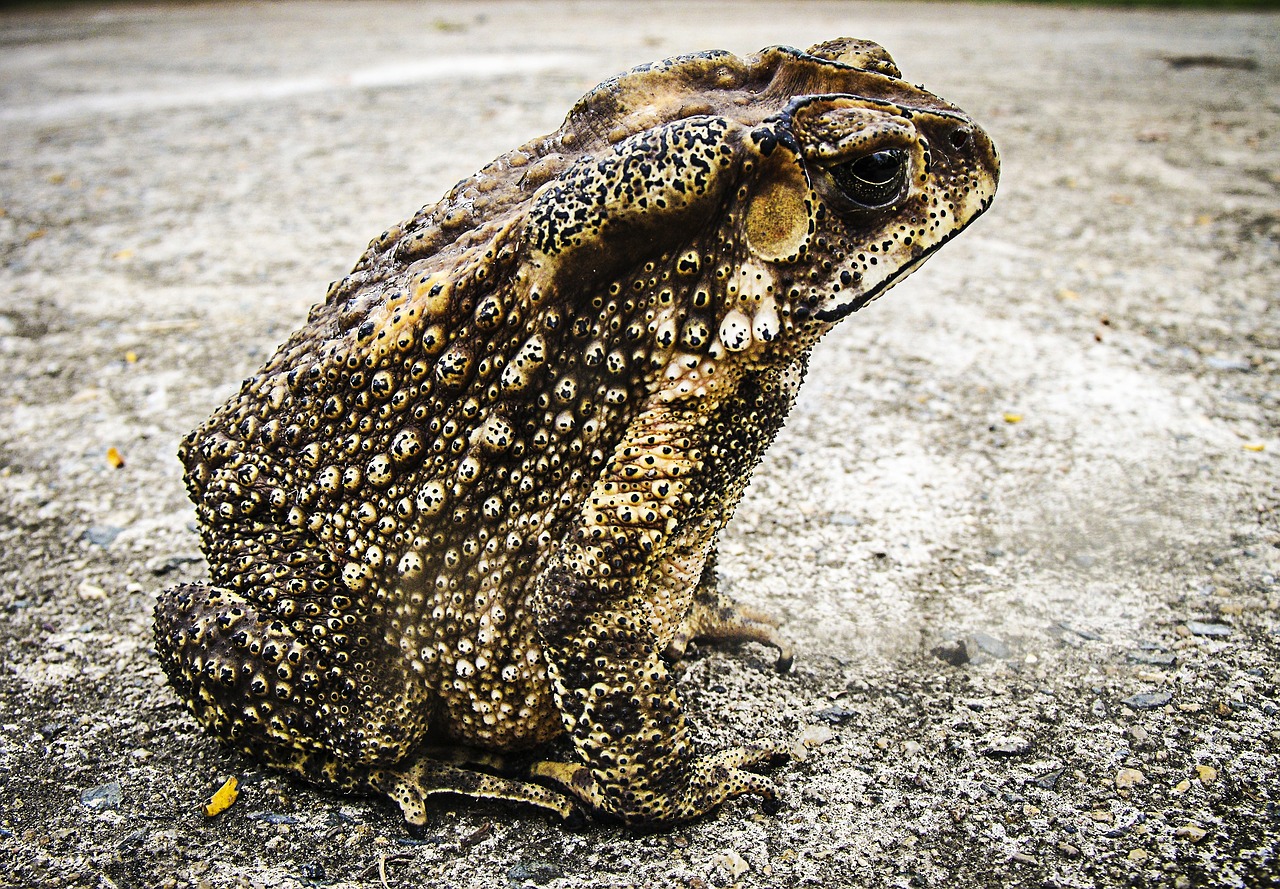Throughout centuries, folklore and myths have often intertwined with our understanding of the natural world.
One such enduring myth is the belief that touching a toad can give you warts. This is a widespread misconception that has permeated cultures globally. However, let’s dive deep into the world of scientific facts to debunk this myth and explore its origins.
To start, let’s consider the biological perspective.
Warts are small, fleshy bumps that can appear on the skin due to infections caused by human papillomavirus (HPV). This virus is species-specific, meaning it only affects humans and cannot be transmitted through other animals, including toads or frogs. Moreover, HPV is contagious between humans, typically spreading through direct skin-to-skin contact or indirect contact with a surface or object that an infected person has touched.
Contrarily, toads have rough, bumpy skin that is often mistaken for warts. These bumps, or “warts”, are actually glands. The two most common types are parotoid glands, usually located behind the eyes, and skin glands scattered across the toad’s body. These glands serve vital functions for the toad, such as secreting a milky substance that deters predators and helps maintain their body moisture.
Hence, the physical similarity between a toad’s glands and human warts might have contributed to the misconception. However, these glands on a toad’s skin have no link to the human papillomavirus or any other pathogen that could cause warts in humans.
Now, let’s trace back to the origins of this myth. Historically, toads have often been associated with witchcraft, poison, and disease in various cultures. In medieval Europe, for instance, it was believed that witches used toads in their potions or could transform into them. This negative association, coupled with the toad’s bumpy skin, could have led people to connect toads with diseases such as warts.
The toad-wart myth was likely perpetuated by a lack of understanding of disease causation, particularly viral infections, and the basic principles of biology. As our scientific understanding has evolved, it’s important to clarify these misconceptions and promote accurate knowledge about our natural world.
In summary, there is no scientific evidence supporting the myth that touching a toad can cause warts. Warts in humans are caused exclusively by certain strains of the human papillomavirus, which cannot be transferred from toads or any other animals. The bumps on a toad’s skin are not warts, but glands serving different biological functions. The origin of the myth probably lies in historical misunderstandings and negative cultural representations of toads.
It’s vital to remember that while toads can’t give you warts, handling them should still be done with care. Some toads secrete toxins that can irritate your skin or eyes, and handling any wild animal can be stressful for them. As we continue to dispel misconceptions like these, we can foster a more accurate and respectful understanding of the diverse species with which we share our planet.






